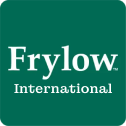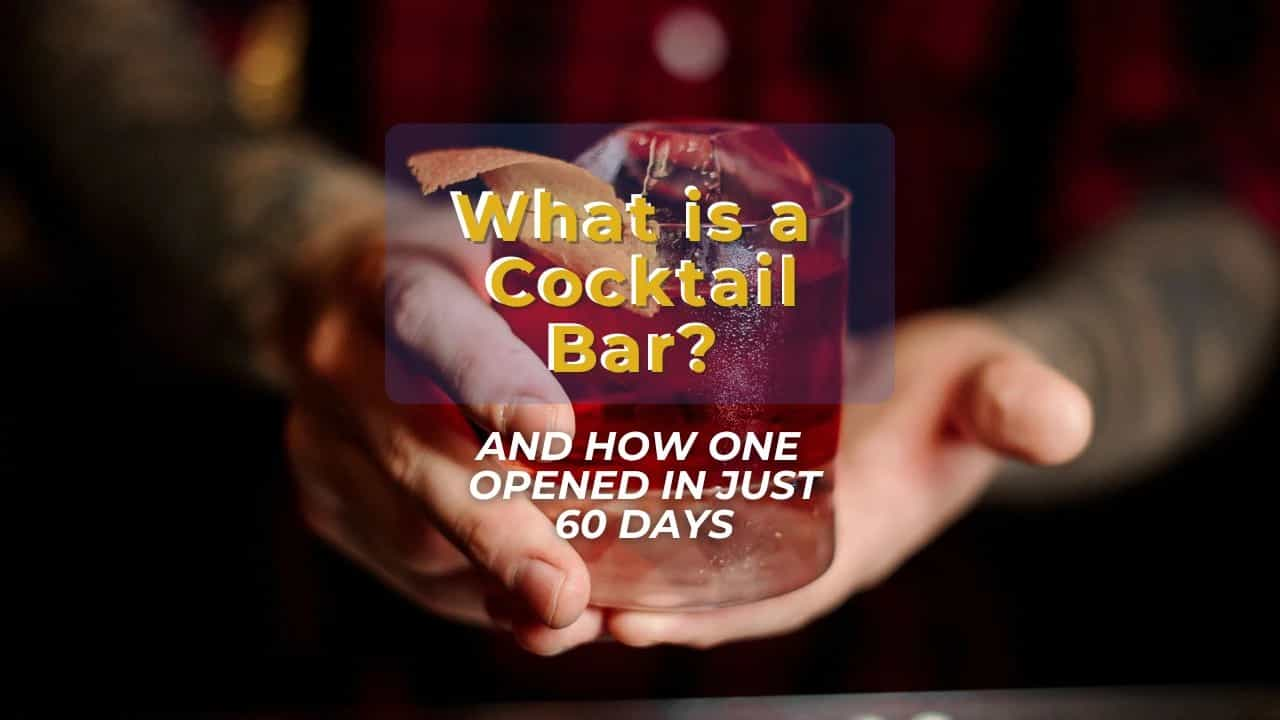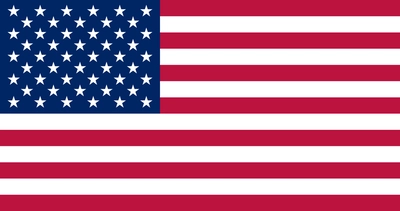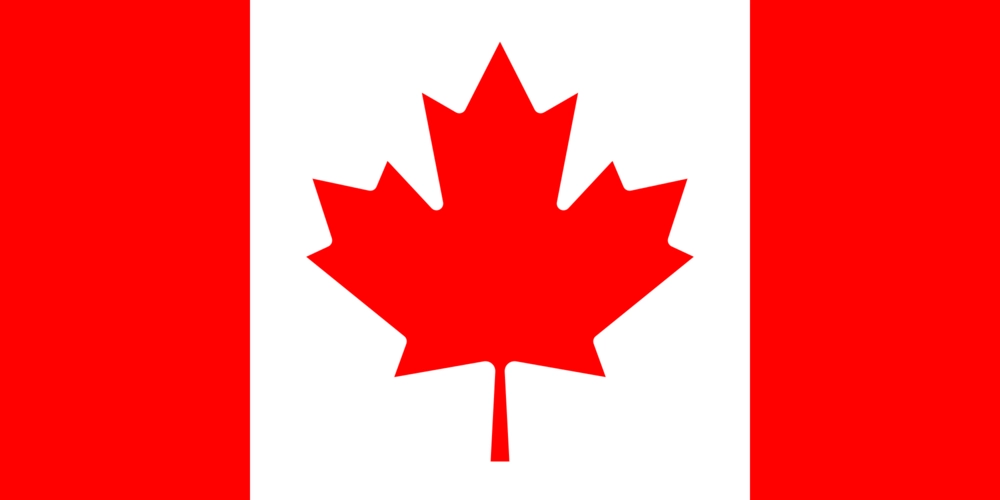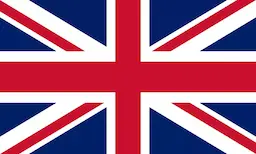A cocktail bar is a type of drinking establishment that specializes in mixed alcoholic beverages made with high-quality spirits, fresh ingredients, and creative presentation. Unlike traditional bars that focus on volume and simplicity, cocktail bars emphasize craft, flavor, and hospitality—often serving a curated atmosphere that feels more personal and sophisticated.
Whether it’s a speakeasy-style hideaway or a modern lounge, the goal is the same: to turn cocktails into conversation pieces, and drinks into unforgettable moments.
But what does it take to open one?
For restaurateur Anton Kinloch, it took 60 days.
Lone Wolf: A Cocktail Bar Built Under Pressure
Anton is the owner of Lone Wolf Cocktail Bar & Pan-Asian Kitchen in Kingston, NY. Before that, he ran a tiki bar in New Paltz for five years—until the landlord chose not to renew his lease. The timing couldn’t have been worse: Anton had just signed a 10-year lease on a new space in Kingston.
With staff to pay and no time to waste, he set a wild goal: open a brand-new cocktail bar in two months.
Here’s how it actually happened and what you can learn from it if you’re thinking about launching your own bar or restaurant.
Want the Full Story?
Get every behind-the-scenes detail from Anton himself, including how he flipped a broken kitchen in 60 days and what he learned about leadership in the process.
Want to hear how Anton handled guest education, pricing challenges, and staff empowerment firsthand?
Listen to the full podcast: Overcoming Challenges In Opening Restaurants & Cocktail Bars
Short on time? Read a quick summary here: What It Really Takes to Open a Restaurant and Bar
1. A Cocktail Bar Starts with a Clear Concept
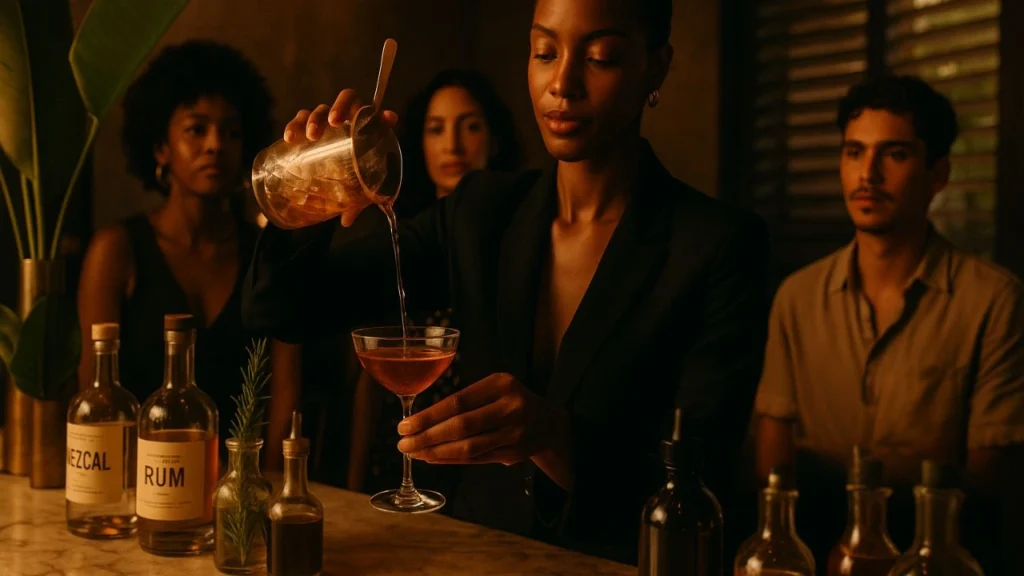
In Kingston, the idea of a cocktail bar was still unfamiliar. Locals were used to vodka sodas, flash-blended margaritas, and little else. But Anton saw an opportunity: introduce the region to something more refined and intentional—using spirits like mezcal and rum, house-made syrups like demerara, and a rotating menu that would educate while entertaining.
His advice? Know your audience, but don’t underestimate them. A cocktail bar is part drink, part story, and people will listen if you make the experience feel inviting.
“We weren’t just opening a bar. We were creating something new for the area, so we focused on education, not ego.”
2. Rehabbing Fast: From Grease Trap to Grand Opening
The space Anton took over was a former restaurant/cocktail bar, but it hadn’t been maintained. The hood system hadn’t been cleaned in three years. The refrigeration was shot. Every major piece of kitchen infrastructure had to be replaced.
With time ticking, Anton and his team prioritized:
- Liquor license and permits
- Essential kitchen equipment
- Hiring and training staff
- A basic but operational POS system
Instead of chasing perfection, they prioritized functionality. The goal was to open fast, then fine-tune over time.
3. Design with Intention and Speed
Anton’s wife led the design of Lone Wolf, working with what they had. The walls were already forest green, the ceilings painted black. They leaned into that vibe, testing wallpaper samples from Etsy, replacing old lighting with custom wolf-head sconces, and creating contrast with marble tables, leather chairs, and navy banquettes.
To finalize their layout, they taped the floor like a crime scene and mocked up every table and walkway with painter’s tape and milk crates to ensure guests would have room to move about.
“We didn’t hire an expensive design firm. We used tape, instincts, and a shared vision—and it worked.”
4. What Makes a Cocktail Bar Work?

Anton knew opening a cocktail bar wasn’t just about drinks. It was about building trust. In a market unfamiliar with mixology, every first impression mattered.
So they did what most bars don’t:
- Answered every DM and email
- Delivered menu links and details to customers who asked
- Remembered guest names, preferences, and return visits
This high-touch approach made people feel welcome with no snobbery or attitude. Just great drinks, warm service, and thoughtful hospitality.
“Being accessible is the fastest way to build trust. It starts with the first click, not the first sip.”
5. Supporting the Cocktails with a Smart Menu
The food program at Lone Wolf is a collaborative effort between Anton and his wife, built around Pan-Asian small plates like house-made dumplings and noodles. Every dish is prepared in-house, with a priority on consistency and control.
Initially launched as a tapas-style concept, the menu evolved after guests asked for more substantial dishes. They added larger entrées, but kept the communal energy by encouraging sharing.
This balance of artistic cocktails, shareable food, and thoughtful plating, solidified Lone Wolf’s identity as a cocktail-first destination with a strong culinary backbone.
6. Running Lean: Cost Control and Creativity

Opening a cocktail bar fast isn’t cheap and neither is keeping one running. Anton faced a 25–30% increase in liquor costs due to tariffs. Instead of raising prices and risking guest loyalty, he tightened systems:
- Cross-utilizing ingredients
- Doing daily inventory checks (instead of weekly)
- Empowering staff to create zero-waste specials
- Recruiting CIA students to test dishes based on what was turning
This mindset even turned mistakes into menu hits. When a cook accidentally used Wagyu beef instead of pork, Anton pivoted by creating a black garlic Wagyu slider that became a new happy hour favorite.
“You can make mistakes in my kitchen. But you better give 110% effort.”
For operators who rely on fried food, tools like Frylow can dramatically cut oil costs by extending oil life and improving food quality. It’s a small ceramic device with a big impact, especially when inflation forces tough cost decisions.
7. Building Culture Behind the Bar and Beyond
Training staff wasn’t just about pouring drinks. Anton worked hands-on behind the bar, mentoring a former bar-back in everything from juicing and syrup-making to cocktail building and guest interaction.
That same leadership philosophy extends to the kitchen, where staff are encouraged to try new things, learn, and take ownership of their work.
“It’s not Escoffier’s kitchen anymore. Respect, growth, and mental health matter just as much as speed.”
8. Marketing a Cocktail Bar in a Small City
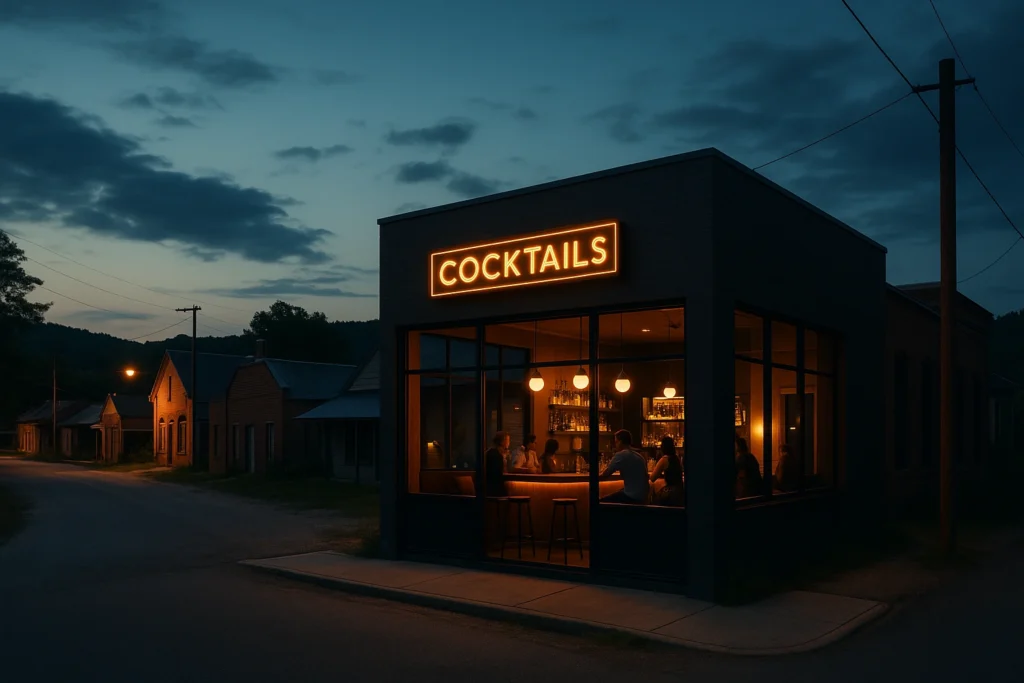
About 70–75% of Lone Wolf’s traffic comes from tourists, many from the five boroughs. The other 25% are locals—some regulars, others just discovering the bar.
To stay visible, Anton uses:
- Google Business profile optimization (updated hours, keywords, photos)
- Instagram & Facebook posts and Stories
- Consistent engagement through DMs and reviews
The goal is to show potential guests that Lone Wolf isn’t just open—it’s active, approachable, and evolving.
Curious What It Takes to Launch a Bar From Scratch?
Hear Anton Kinloch break down the real-world wins, missteps, and mindset shifts behind Lone Wolf’s fast-tracked opening—plus how he’s building a cocktail culture from the ground up.
Tune into the full conversation: Overcoming Challenges In Opening Restaurants & Cocktail Bars
So… What Is a Cocktail Bar?
A cocktail bar is more than a place to drink. It’s a place to discover. It brings together technique, conversation, and hospitality to provide an atmosphere that feels handpicked but never exclusive. It’s where staff educate, guests try new flavors, and taste takes the spotlight.
And if you’re thinking about opening one?
Know your concept. Move fast. Communicate often. And remember: it’s not about perfection—it’s about presence.
Lone Wolf opened in 60 days. You might need more time—but the principles still apply.
Want to learn more about Lone Wolf? Check them out on Instagram @lonewolfkingston or visit lonewolfkingston.com.
FAQs
1. What defines a cocktail bar?
A cocktail bar is a bar that specializes in serving mixed alcoholic drinks made with quality spirits, fresh ingredients, and artistic recipes. It often features a curated menu, skilled bartenders, and a distinctive atmosphere designed to elevate the drinking experience beyond basic mixed drinks or beer.
2. What is the difference between a pub and a cocktail bar?
A pub serves beer, wine, and simple mixed drinks in a casual setting, while a cocktail bar hones in on craft cocktails made with premium ingredients and careful technique. Cocktail bars tend to offer a more curated experience, often with one-of-a-kind decor, specialty menus, and prioritizing mixology.
3. What do you do at a cocktail bar?
At a cocktail bar, guests enjoy handmade cocktails in a relaxed, stylish setting. You can try new drink flavors, try seasonal menus, socialize with friends, or ask bartenders for recommendations based on your taste. Some cocktail bars also offer small plates or food pairings to improve the occasion.
